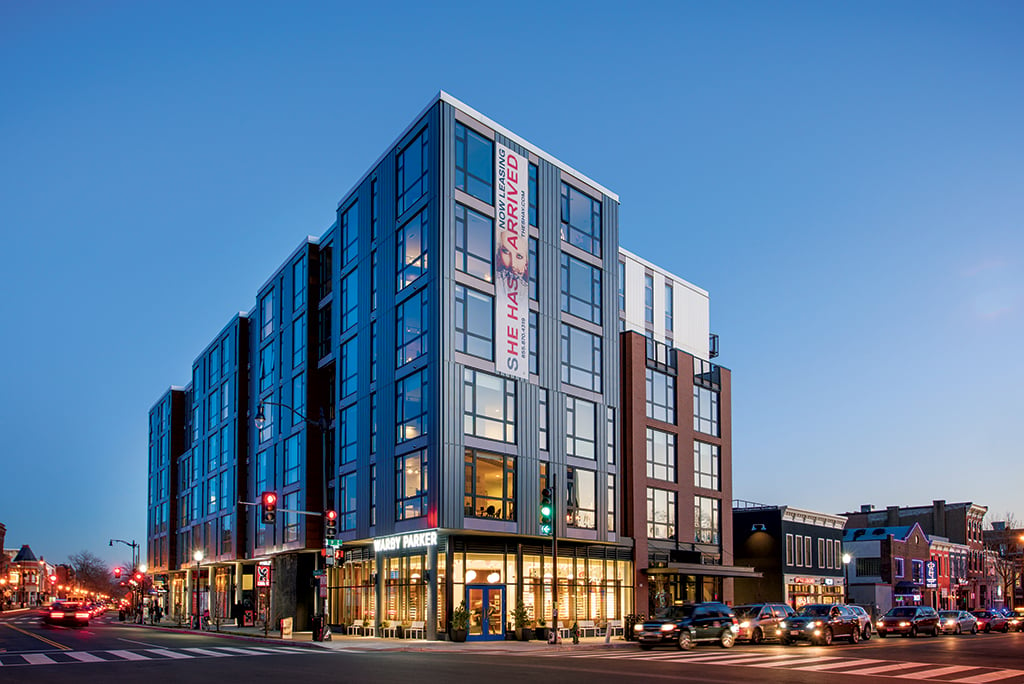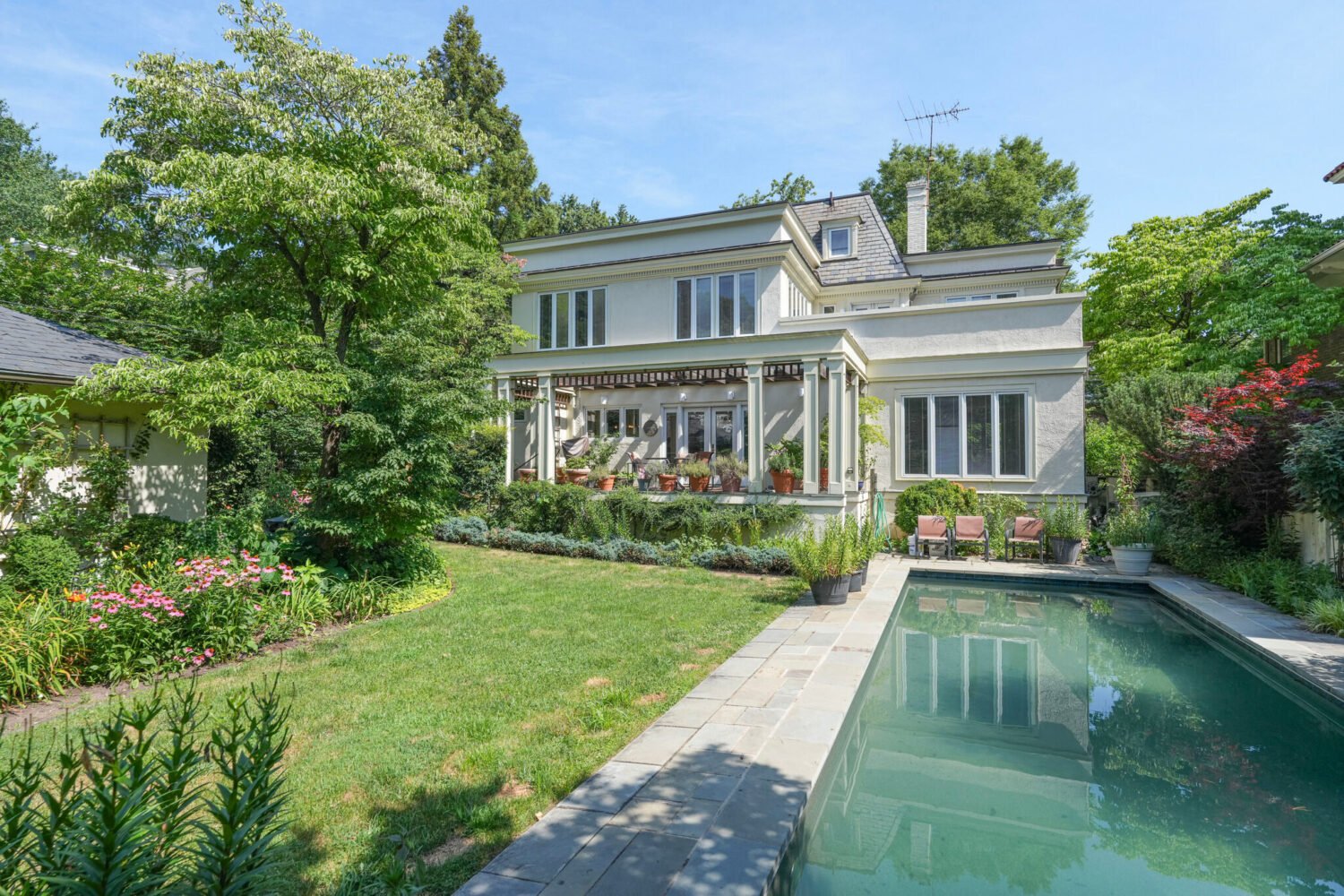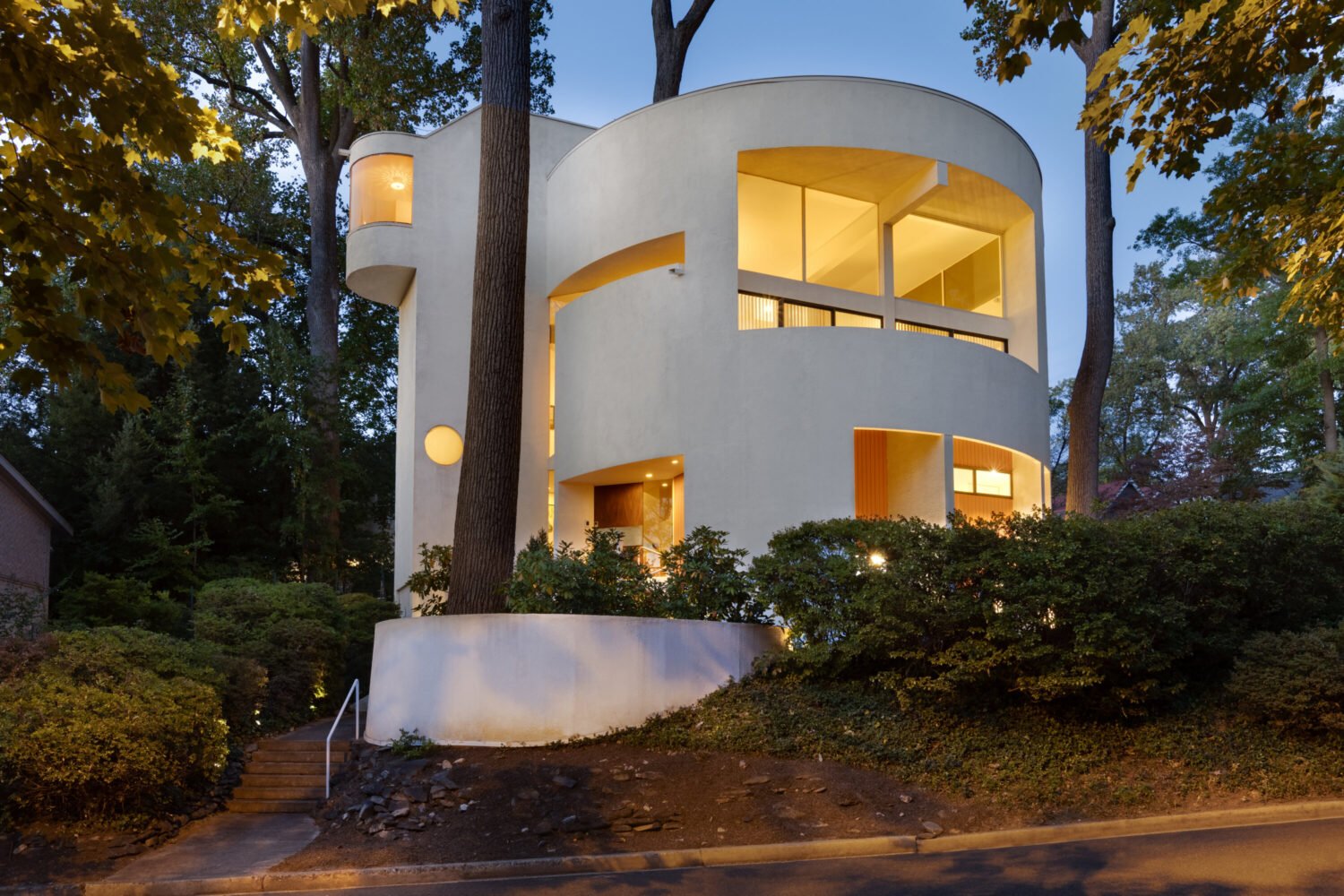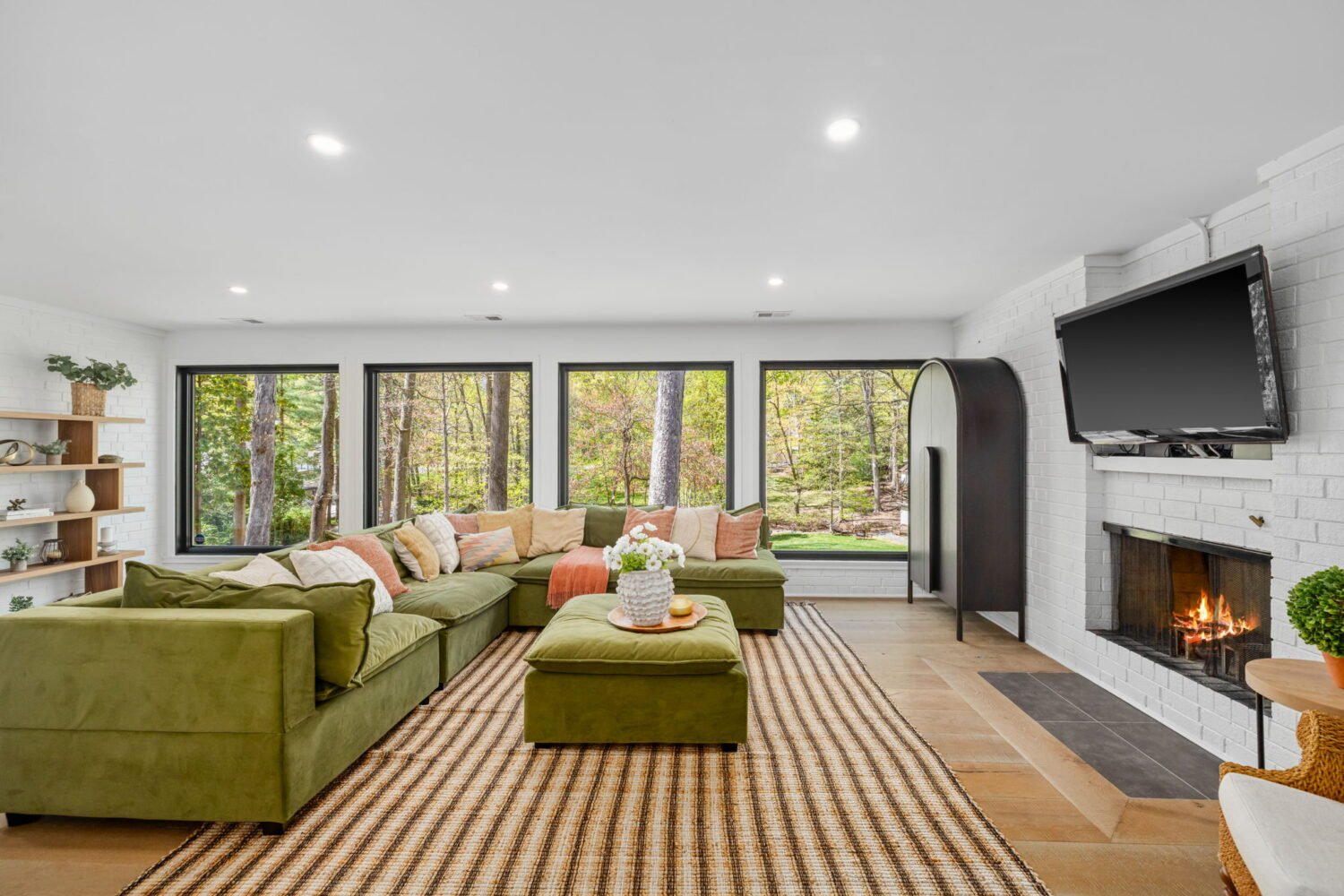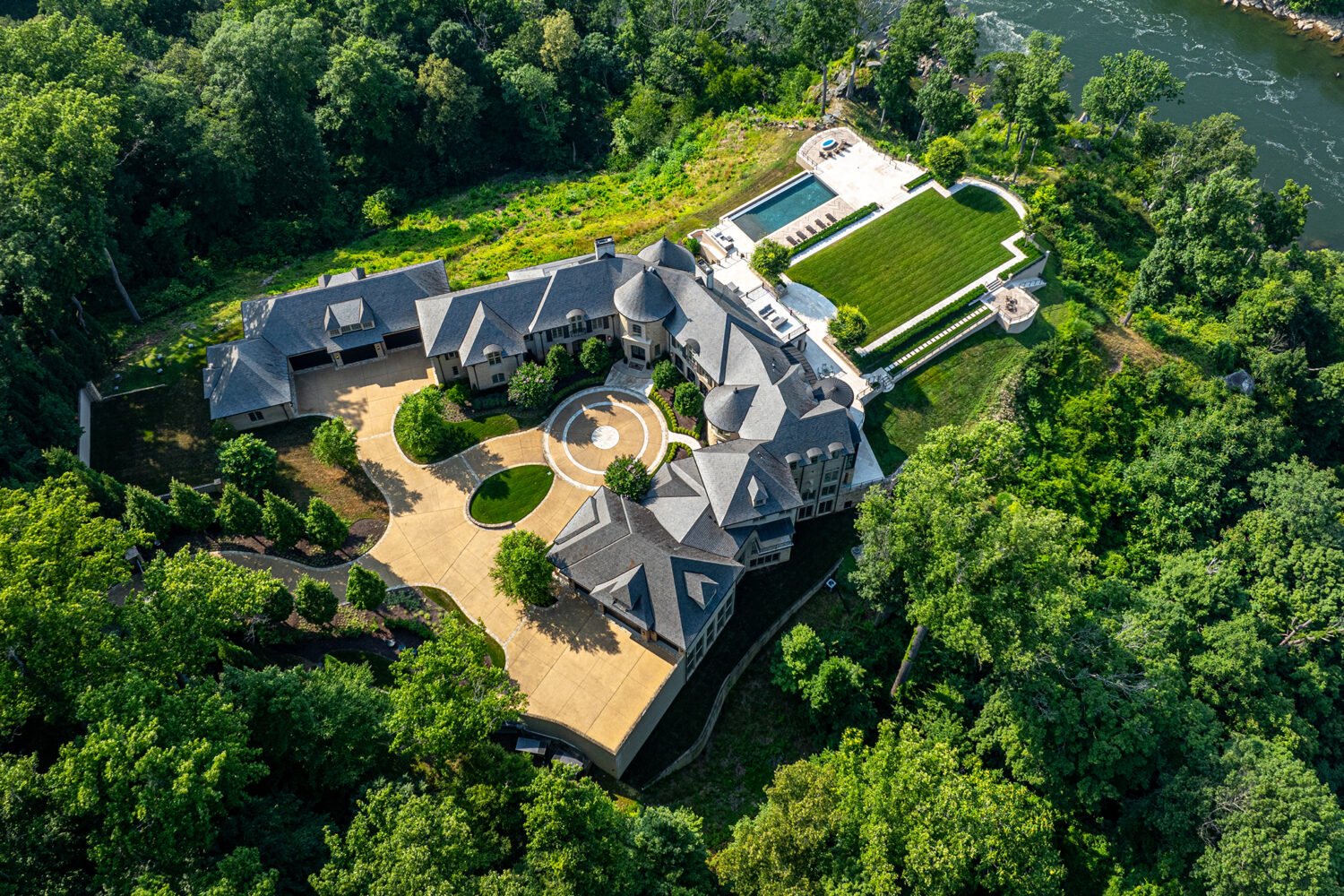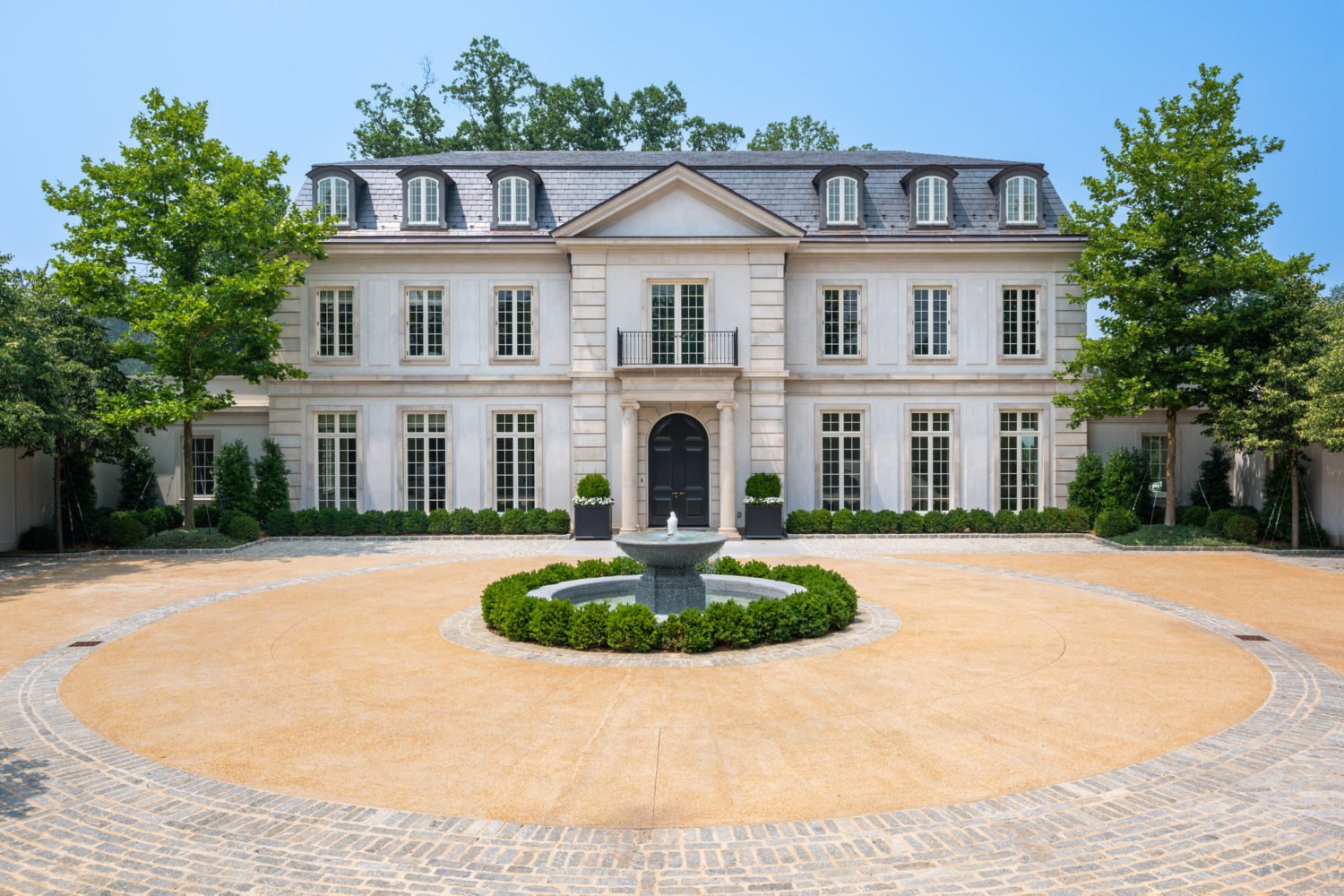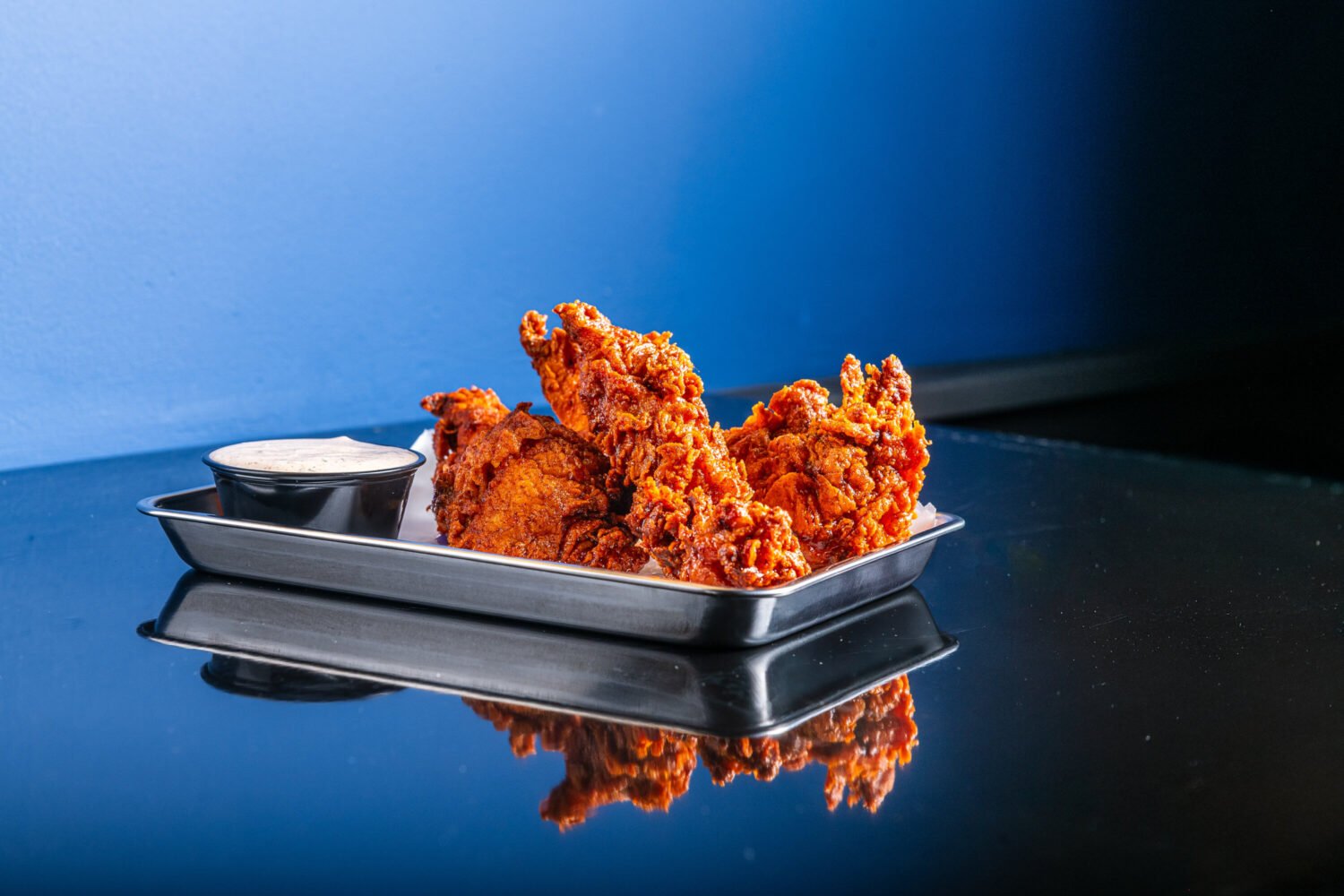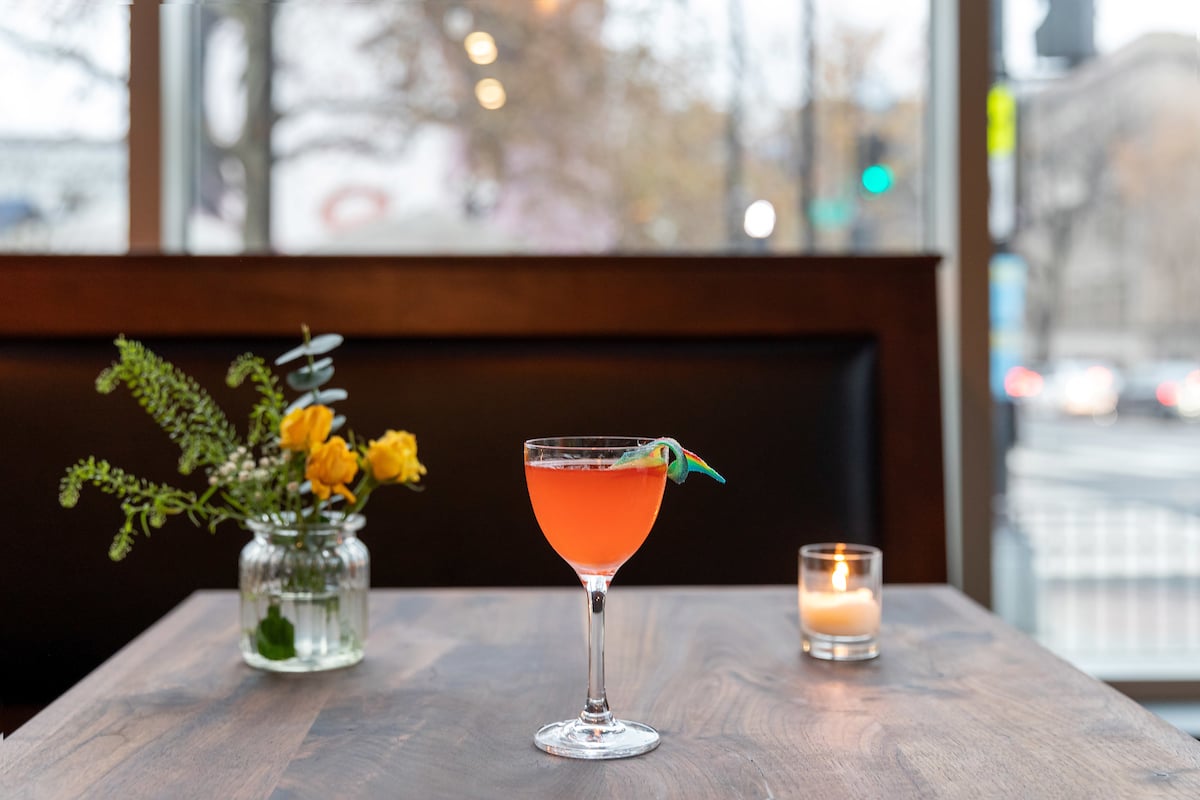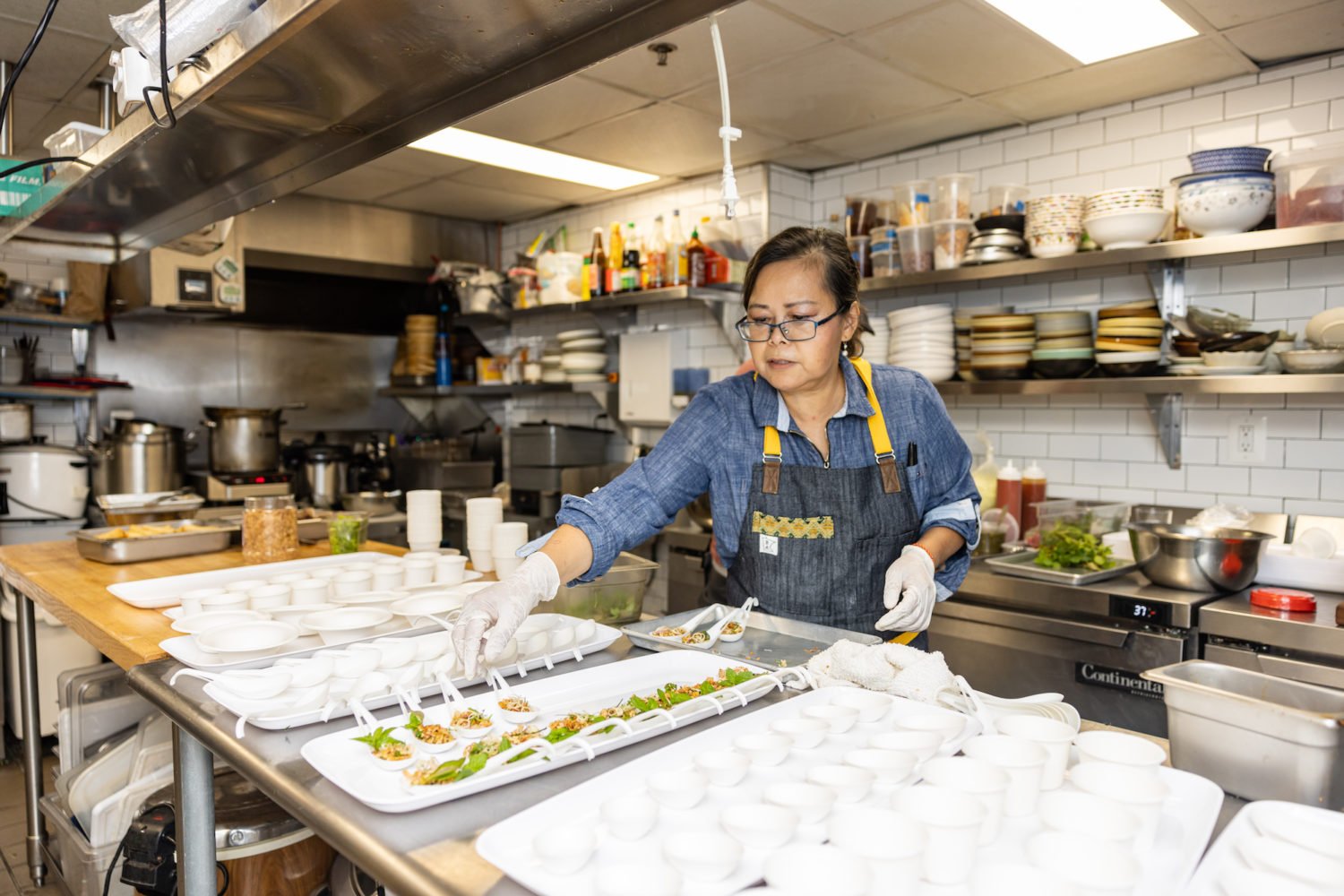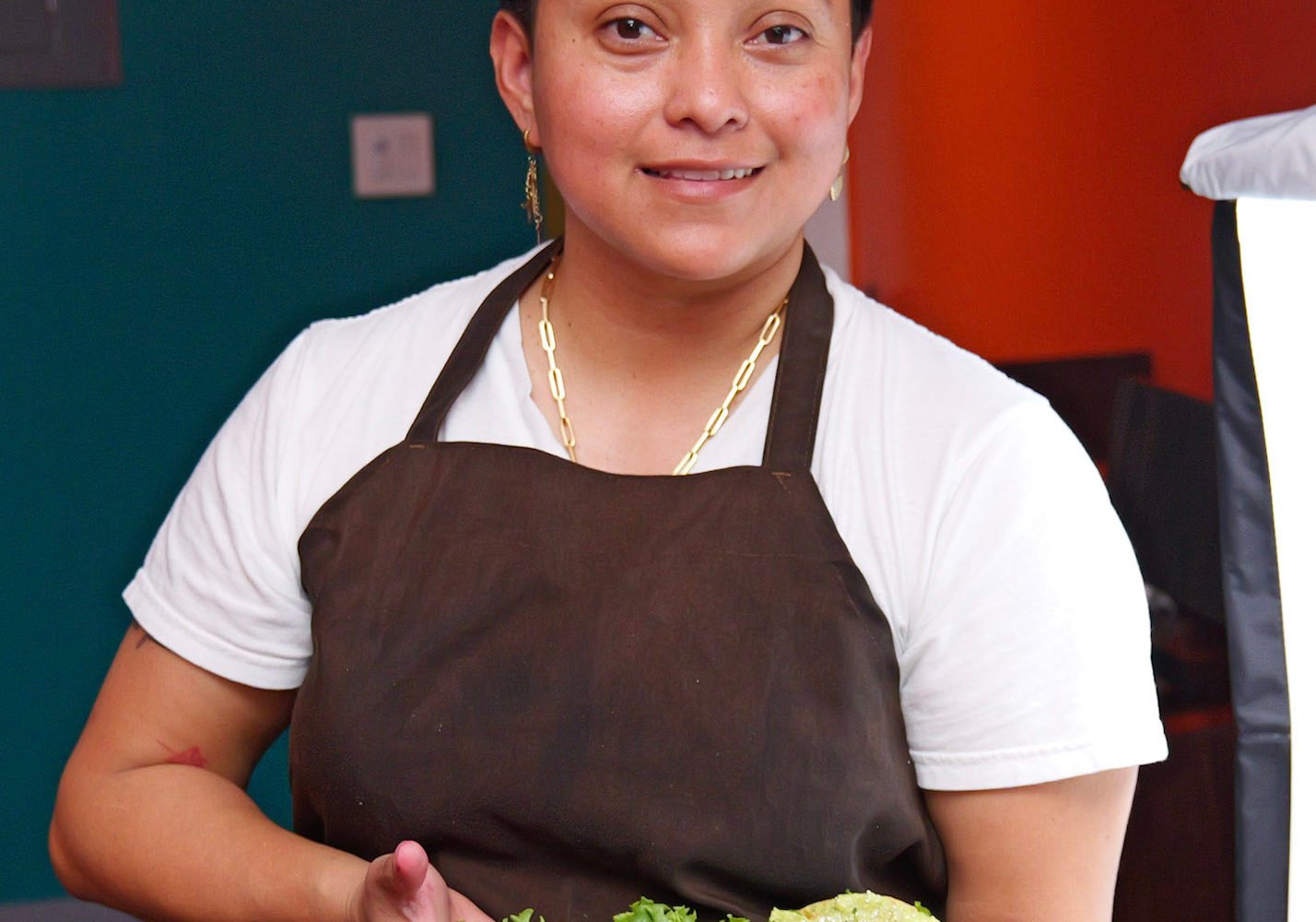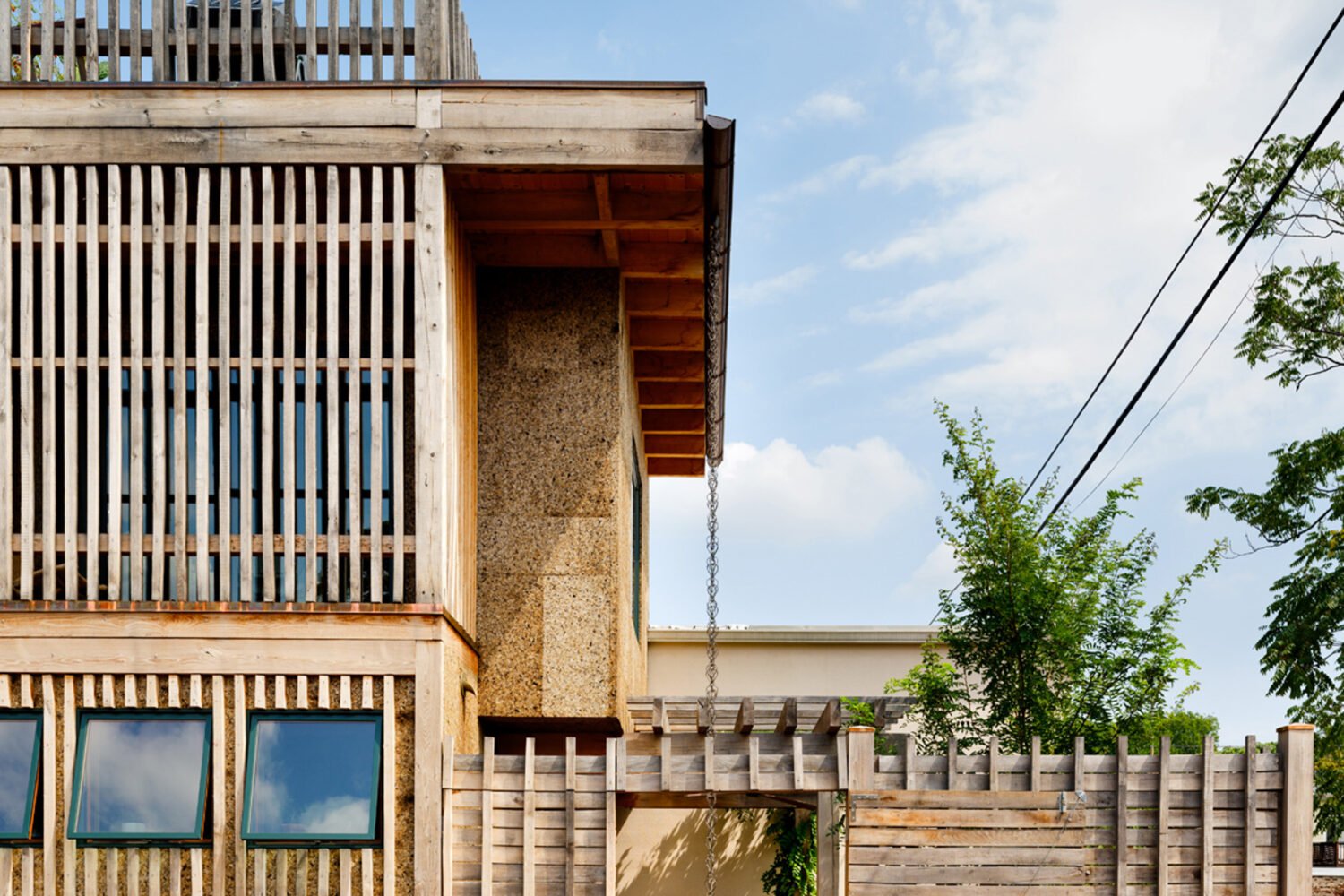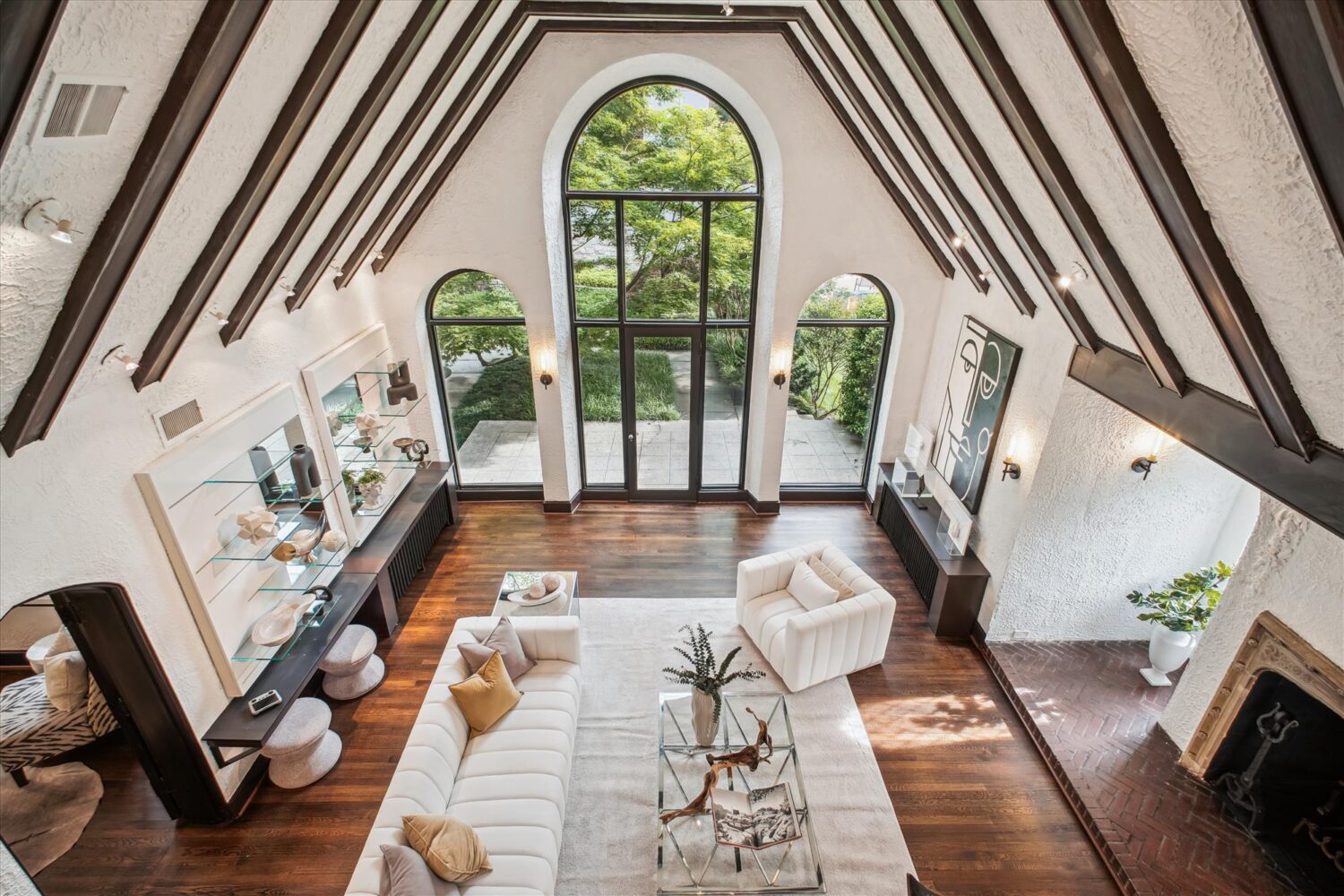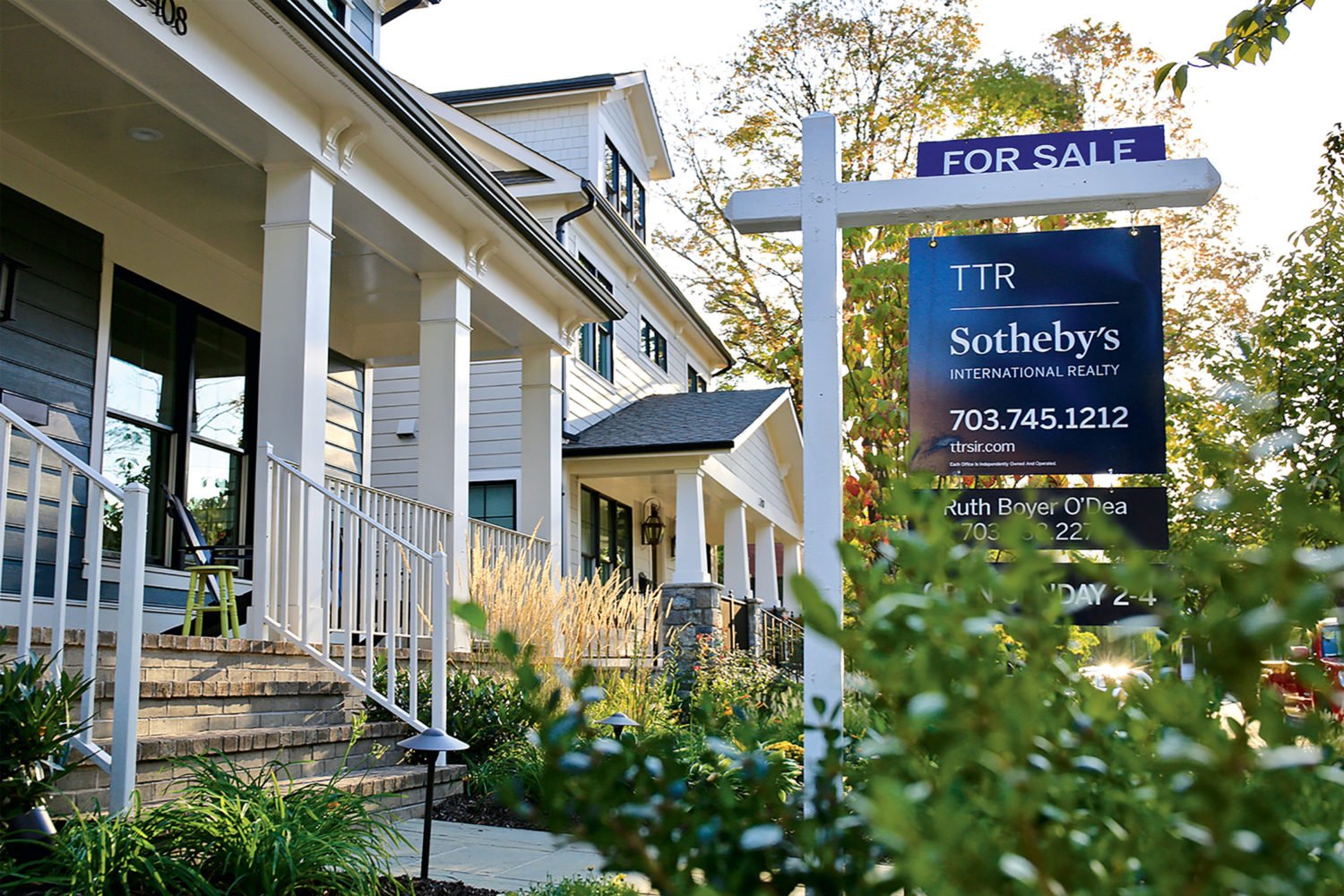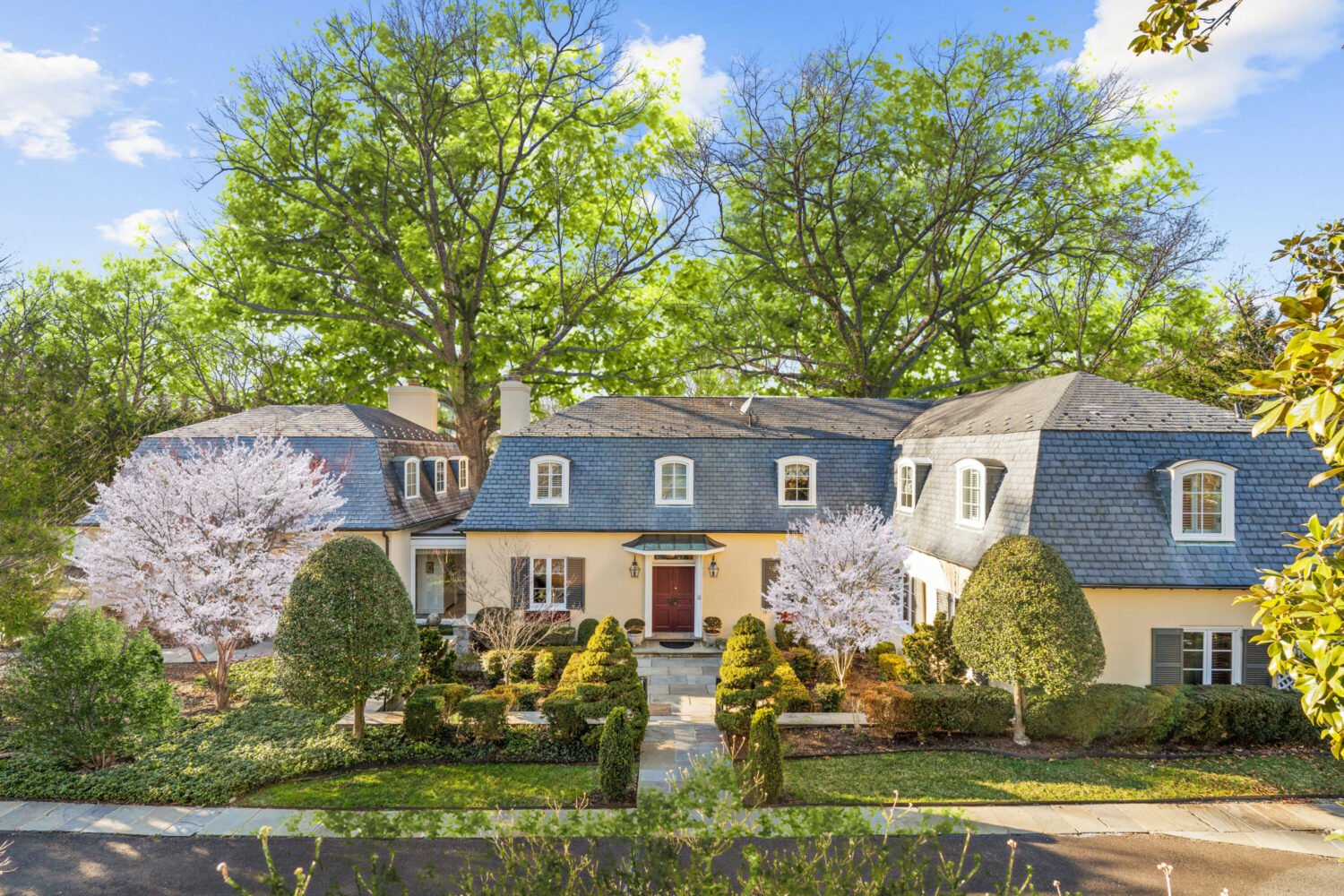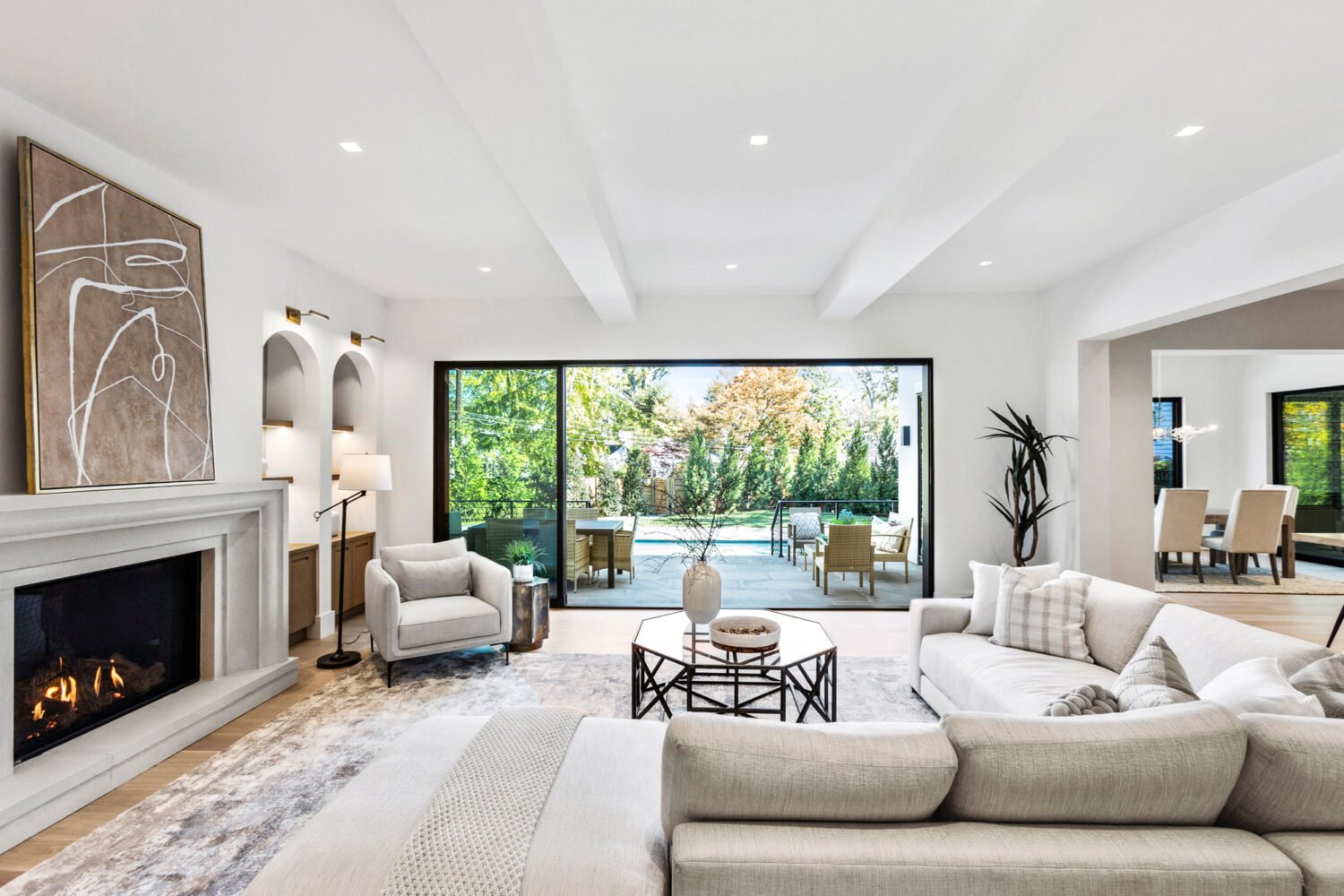Given the spate of recent departures there, the Shay has started to look something like the Bermuda Triangle of DC retail. But the reality is more complex—involving a high-risk strategy from the project’s inception, coupled with a unique lease structure that has made it easy for tenants to leave.
And many have left.
In the past year, Chrome Industries, Kit and Ace, Steven Alan, Frank and Oak, and Bucketfeet have shuttered at the Shaw development. Women’s boutique Argent is packing up to make way for a Korean restaurant (though that store was a pop-up, and its owners say they never intended to stay long-term). Glen’s Garden Market announced last week that it will close this month.
When developer JBG (now JBG Smith) opened the Shay in 2015, it billed the project as a hip shopping district unlike anything else in DC. It launched an intense branding campaign, including bestowing a new name— “North End Shaw”—on the neighborhood around 8th Street, NW and Florida Avenue. To a large extent, the PR push worked. When the Shay debuted, it was met with tons of buzz about its millennial-focused, experience-driven shops—in other words, the kinds of places meant to lure consumers away from their Amazon accounts.
But from the outset, the developer says it knew such a shopping-heavy endeavor in the age of free shipping would involve some trial and error. “We were reaching for a more high-risk, high-reward strategy from the very beginning,” says Jay Klug, executive vice president of retail at JBG Smith. While it would’ve been a safer bet to focus on restaurants and national chains, Klug says that wouldn’t have distinguished the Shay from “any other neighborhood that you’re seeing in DC.” Instead, JBG homed in on small, stylish brands that had never before had DC outposts.
The effort was led in part by Steve Gaudio, formerly the youngest vice president in JBG’s history. “We were looking for brands that were specifically not in malls. …What you’re seeing at the Shay is retailers experimenting with how to break into new marketplaces. It’s not as easy as opening 100 J.Crews in every mall across the country,” says Gaudio, now owner of his own retail brokerage, District Equities. “The goal of this project was really to set this neighborhood off in a unique direction. It was not to try to identify who would stay forever.”
To that end, Gaudio says he helped devise a creative lease structure for the shops that would not bind them to the project if they couldn’t make money there. “[The leases] allowed some of the retailers to pay the rent based on a percentage of sales, instead of a guaranteed rent number,” he explains. “There was a risk that their percent of sales would never be that high, so there were different flexibilities for both the landlord and the tenant to determine, if this didn’t work out, that they could walk away.”
Gaudio adds that while he was recruiting retailers for the Shay, JBG was getting “very lucrative, unsolicited offers from banks and national tenants. Imagine the difference if that was a bank on the corner, and not a Warby Parker.”
Indeed, the Warby Parker store is a success story. The Shay location was the eyeglass company’s first in DC, and it continues to thrive. The skincare line Aesop—another of the development’s earliest tenants—also remains open. Men’s store Bonobos arrived at the Shay in 2016, and retail brokers in the area say it’s doing well.
Klug points out that some of the closings, including Kit and Ace and Steven Alan, were due to the brands scaling back nationwide. He says JBG Smith still believes in the original concept for the Shay, and is not “throwing in the towel” on maintaining it as a shopping destination. Still, most of the tenants moving in to replace the shuttered stores skew away from soft goods: The Shop hair salon and Turning Natural smoothie shop are coming this spring, followed by a Nicecream ice cream parlor this summer. The forthcoming Korean barbecue place is opening in Kit and Ace’s old location. An exception is the locally owned women’s store Violet Boutique, which opened in December, and Klug says he’s in negotiations with another fashion retailer to take over the former Steven Alan space.
JBG sold the residential portion of the Shay to Dweck Properties in 2015. Dweck declined to comment, but real-estate research firm Delta Associates says the apartments were more than 95 percent occupied as of last month, and had a lease-up rate just shy of the average for the area.
When Glen’s Garden Market owner Danielle Vogel announced her store’s closing, she told Washingtonian’s Anna Spiegel: “I think Shaw was super hot two years ago, and then it never delivered on its own promise.” Klug adamantly disputes that assessment, pointing out that JBG Smith has a lot more development on tap for the neighborhood, including a project with 20,000 square feet of retail space at 9th and W streets, and a development with MRP Realty and Ellis Development that will include a Whole Foods.

